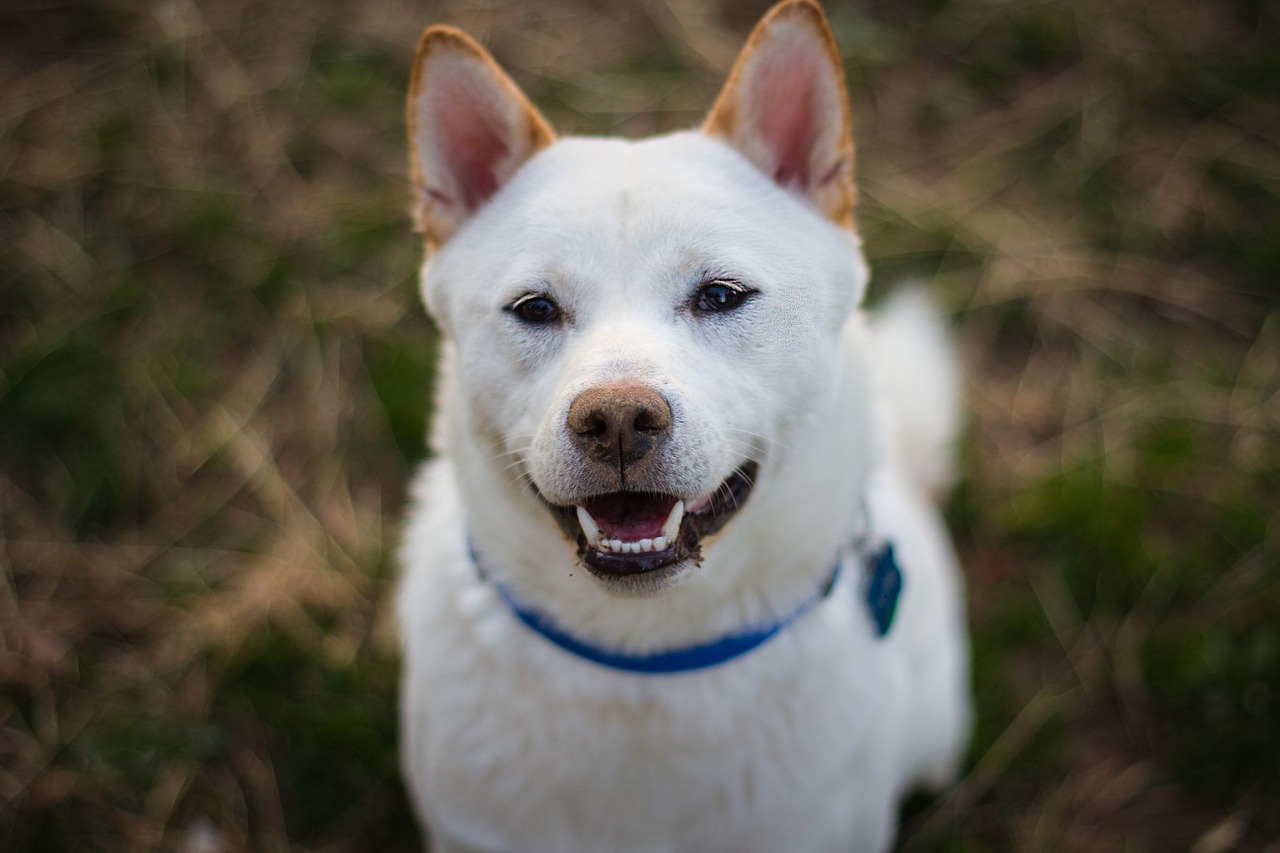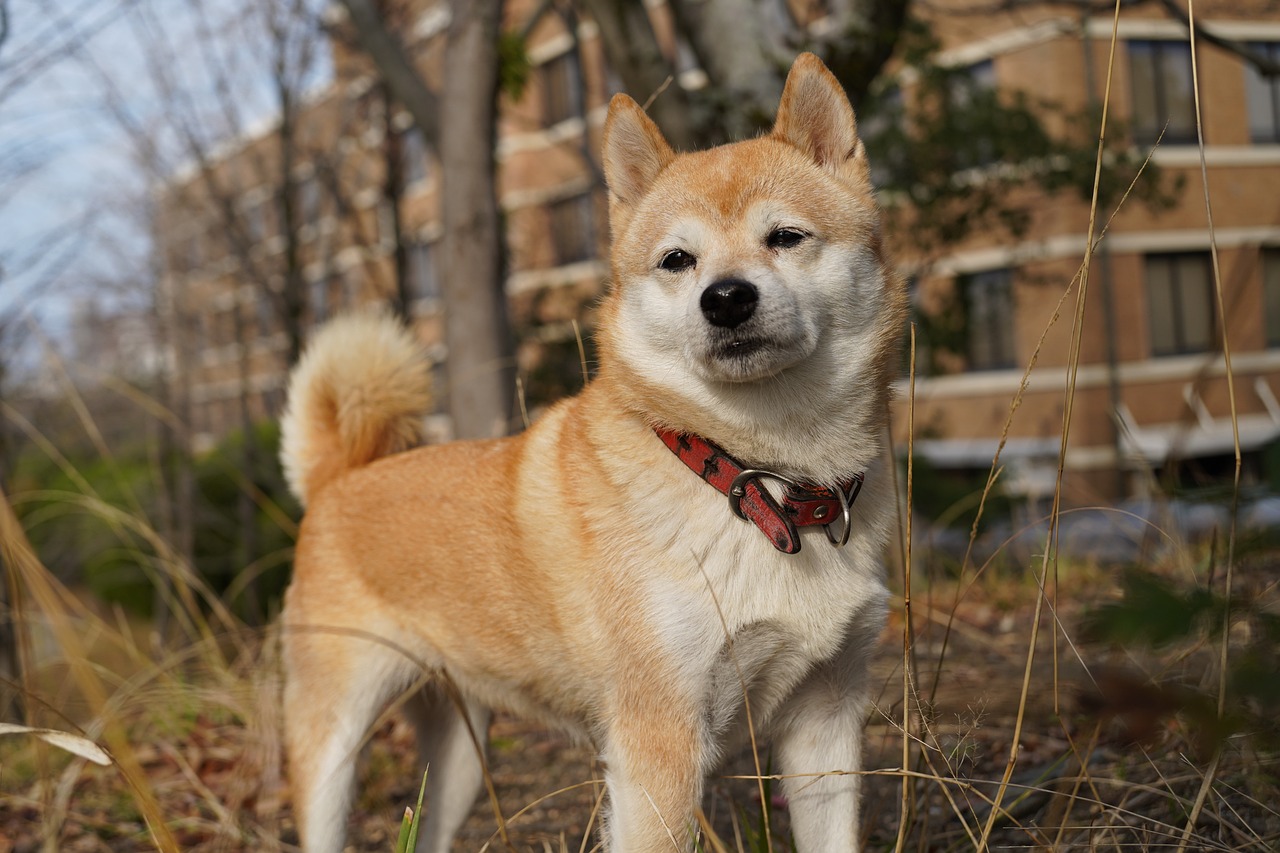The Shiba Inu, Japan’s smallest and perhaps most ancient dog breed, possesses a rich history that intertwines closely with the cultural tapestry of Japan. Esteemed for its spirited boldness, exquisite fox-like appearance, and impeccable cleanliness, the Shiba Inu has been a cherished companion and hunter in Japan for centuries. This breed’s lineage dates back to the Jomon period (14,500–300 BCE), with evidence suggesting its ancestors may have accompanied the earliest settlers to Japan. Initially bred for hunting small game and birds in the dense underbrush of Japan’s mountainous regions, the Shiba Inu’s agile body, keen senses, and fearless nature made it exceptionally suited for flushing game. Despite facing near extinction during World War II, concerted preservation efforts have not only saved the breed but also cemented its status as a national treasure. This article offers a comprehensive exploration of the Shiba Inu’s history and origin, shedding light on its development, survival, and the qualities that endear this breed to dog enthusiasts worldwide.

The Ancestral Origins of the Shiba Inu
The Shiba Inu’s ancestral roots are deeply embedded in ancient Japan, with archaeological evidence indicating the presence of similar small-sized dogs during the Jomon period. These early dogs were integral to the hunting and gathering societies of the time, aiding in the capture of game and serving as companions. The breed’s name, “Shiba Inu,” where “Shiba” refers to something “small” or “brushwood” (possibly denoting its hunting terrain or the reddish brushwood leaves that match the Shiba’s traditional red coat), and “Inu” meaning “dog,” underscores its historic role and physical characteristics. Over centuries, as regions of Japan developed in isolation, distinct types of Shiba emerged, notably the Shinshu Shiba from the Nagano Prefecture, the Mino Shiba from the Gifu Prefecture, and the Sanin Shiba from northeastern Japan.
Development and Recognition
The modern Shiba Inu breed was standardized in the early 20th century through careful breeding efforts that combined the various regional types. This initiative was crucial in preserving the breed’s lineage and characteristics, particularly as the Shiba Inu faced the brink of extinction due to the devastation of World War II and subsequent distemper outbreaks. In 1934, the first standard for the breed was established, and the Shiba Inu was officially declared a Japanese Natural Monument in 1936, recognizing its cultural and historical significance. Efforts by dedicated breeders and the establishment of the Nihon Ken Hozonkai (NIPPO), the Association for the Preservation of the Japanese Dog, were instrumental in the breed’s recovery and preservation.
The Breed in Modern Times
In contemporary times, the Shiba Inu enjoys popularity not only in Japan but globally, admired for its spirited personality, compact size, and striking appearance. The breed’s introduction to the United States in the mid-20th century marked the beginning of its international recognition, with the American Kennel Club (AKC) officially recognizing the Shiba Inu in 1992. Today, the Shiba Inu excels as a companion dog, known for its loyalty, cleanliness, and independence. The breed’s internet fame, highlighted by the “Doge” meme, has further propelled the Shiba Inu into the global spotlight, endearing it to a new generation of dog lovers.
Characteristics and Temperament
The Shiba Inu is characterized by its alert and confident demeanor, compact muscular body, and distinctive guajiro (cream to white ventral coloration) markings. The breed comes in several colors, including red, sesame, black and tan, and cream, all adorned with the guajiro pattern. Shibas are known for their spirited boldness (yūkan na), a trait that reflects their fearless and sometimes stubborn nature. They are intelligent and loyal, forming deep bonds with their families, but can be reserved around strangers. Their strong prey drive and agility remain testaments to their hunting ancestry. Despite their independence, Shibas thrive on human companionship and require regular exercise and mental stimulation.
The Shiba Inu stands as a living symbol of Japan’s ancient heritage and enduring spirit. From its origins as a hunting companion in the mountainous terrains of Japan to its status as a beloved pet and cultural icon, the Shiba Inu’s journey is a testament to the breed’s resilience, beauty, and unique character. Its preservation as a national treasure underscores the cultural importance of the Shiba Inu, while its popularity worldwide celebrates the universal appeal of this remarkable breed. Whether gracing a family home or captivating audiences online, the Shiba Inu continues to be a source of joy and fascination, embodying the grace and tenacity of Japan’s canine heritage.
Frequently Asked Questions About The History of Shiba Inus

1. What is the origin of the Shiba Inu breed?
The Shiba Inu is considered one of Japan’s oldest and smallest native breeds, with its origins tracing back to ancient Japan. The breed’s history begins in the Jomon period (14,500–300 BCE), where dogs resembling the Shiba Inu were used by the Jomon people for hunting small game. The term “Shiba” refers to brushwood or the bushy areas where these dogs hunted, and “Inu” means dog in Japanese. The Shiba Inu was bred for hunting in the dense underbrush of Japan’s mountainous regions, making them agile and keen hunters with strong survival instincts.
2. How did the Shiba Inu get its name?
The name “Shiba Inu” directly translates to “Brushwood Dog” in English. “Shiba” refers to the brushwood bushes found in the Japanese countryside, which turn red in the fall, similar to the traditional red color of the Shiba Inu’s coat. “Inu” simply means dog. The name is believed to either refer to the small size of the dog, the terrain it hunted in, or the typical color of its coat.
3. What roles did the Shiba Inu historically serve?
Historically, the Shiba Inu served primarily as a hunting dog in ancient Japan. They were bred to flush birds and small game out of the bushy terrain, utilizing their agility, keen senses, and compact size to navigate through dense underbrush. Their intelligence and spirited nature also made them excellent companions for their human counterparts. Over time, their role expanded from purely functional to being cherished family members, while still maintaining their hunting instincts.
4. When was the Shiba Inu officially recognized as a breed?
The Shiba Inu was officially recognized as a breed in 1936 when it was designated a Natural Monument of Japan by the government. This recognition aimed to preserve the breed, which was considered a valuable part of the country’s natural heritage. The official breed standard was established shortly before this designation, in 1934, which helped in efforts to preserve and stabilize the breed’s characteristics.
5. What challenges has the Shiba Inu breed faced?
The Shiba Inu breed faced significant challenges during World War II, when bombing raids and a post-war distemper outbreak severely depleted their numbers, bringing them close to extinction. Additionally, the introduction of Western dog breeds to Japan put further pressure on the native Japanese breeds. Dedicated breeding programs and efforts by enthusiasts and organizations like Nihon Ken Hozonkai (NIPPO) were crucial in the breed’s recovery and preservation.
6. How did the Shiba Inu come to be recognized outside of Japan?
The Shiba Inu began to be recognized outside of Japan in the mid-20th century, particularly after World War II, as soldiers returning from Japan brought these dogs to the United States and other countries. Interest in the breed grew slowly, and it wasn’t until the 1950s and 1960s that Shiba Inus began to be imported more regularly for breeding and companionship. The American Kennel Club (AKC) officially recognized the Shiba Inu in the Non-Sporting Group in 1992, which significantly boosted its popularity internationally.
7. What are the distinct physical characteristics of the Shiba Inu?
The Shiba Inu is known for its fox-like appearance, with a compact, muscular body, a double coat that comes in colors like red, sesame, black and tan, and cream, and a curled tail. One of its most distinctive features is its expressive, almond-shaped eyes, which give it an alert and bold expression. The breed’s guajiro marking, which refers to the cream-to-white ventral coloration on its cheeks, throat, belly, and underside of the tail, is another defining characteristic.
8. What is the temperament of the Shiba Inu?
The Shiba Inu is known for its independent and strong-willed temperament. While they are loyal and affectionate with their families, they can be reserved and even aloof with strangers. Shibas possess a spirited boldness and are both intelligent and alert, making them excellent watchdogs. However, their strong prey drive and tendency towards possessiveness require consistent training and socialization from a young age.
9. Are Shiba Inus good family pets?
Shiba Inus can make good family pets for households that understand and respect their independent nature. They are loyal to their family members and can be affectionate and playful. However, their strong personalities and instincts mean they thrive best with owners who provide firm, consistent training and socialization. Shiba Inus is also better suited for families with older children who can respect the dog’s boundaries.
10. How does the Shiba Inu’s hunting background influence its behavior?
The Shiba Inu’s hunting background significantly influences its behavior, contributing to its high energy levels, agility, and strong prey drive. These traits make the Shiba Inu an active and alert dog, always ready for a game or activity. Their hunting heritage also means they can be independent thinkers, often using their intelligence in ways that suit their interests. This background necessitates ample mental and physical stimulation to keep them engaged and well-behaved.
11. What are the health concerns associated with Shiba Inus?
Shiba Inus are generally healthy dogs but are prone to certain genetic conditions, including hip dysplasia, patellar luxation, and allergies. They can also be susceptible to eye conditions such as progressive retinal atrophy (PRA) and glaucoma. Responsible breeding practices, including health screening and genetic testing of breeding stock, are important for minimizing the risk of these conditions.
12. How do Shiba Inus fare in dog sports and activities?
Shiba Inus can excel in dog sports and activities, particularly those that challenge their minds and satisfy their need for physical exercise. They perform well in agility, obedience, rally, and tracking, where their intelligence, agility, and willingness to work can be showcased. However, their independent nature may require creative and motivational training techniques to keep them engaged.
13. What grooming needs does Shiba Inus have?
Shiba Inus has moderate grooming needs. Their double coat requires brushing once or twice a week to remove loose fur and minimize shedding, with more frequent brushing needed during their bi-annual shedding seasons. They are known for their cleanliness and often groom themselves like cats. However, regular nail trims, ear cleaning, and dental care are also important for their overall health.
14. How do Shiba Inus interact with other pets?
Shiba Inus can coexist with other pets, especially if raised together from a young age. However, their strong prey drive and territorial nature mean that careful introductions and supervision are necessary when interacting with other animals. Proper socialization is key to helping them learn to behave appropriately around other dogs and pets.
15. What is the life expectancy of a Shiba Inu?
The life expectancy of a Shiba Inu is generally around 12 to 15 years. With proper care, including a balanced diet, regular exercise, and routine veterinary check-ups, Shiba Inus can live healthy and fulfilling lives. Their longevity is also influenced by genetics and living conditions, underscoring the importance of responsible breeding and care practices.
 Toledo, United States.
Toledo, United States.
